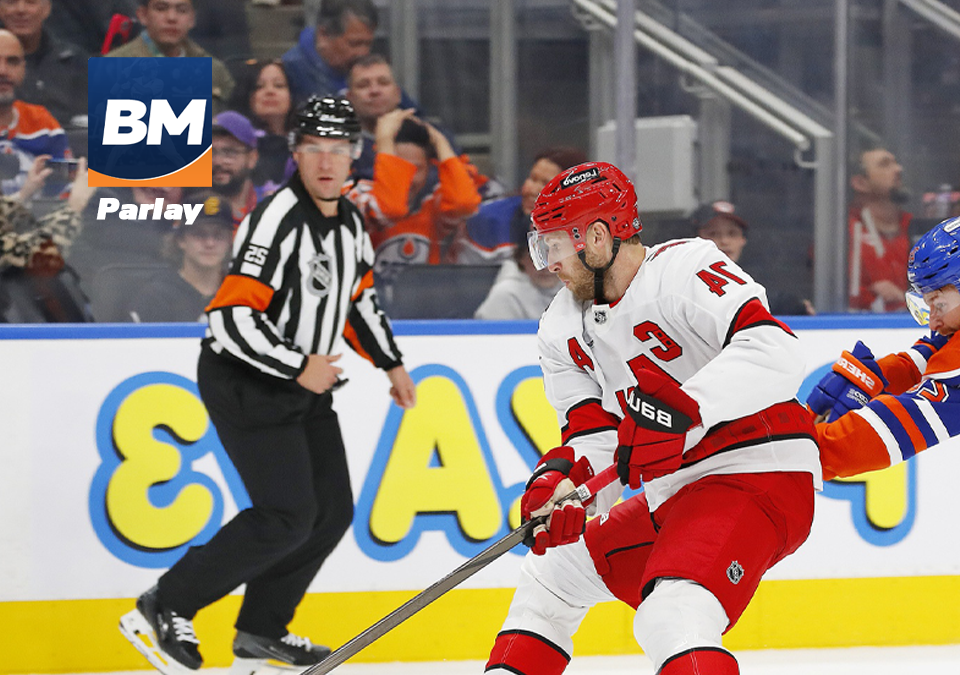By Betmaker Team
The environs may be cold, but hockey betting is red hot. Hockey is one of the most popular sports to bet at online sportsbooks, and it is one of the most straightforward sports to wager on if you understand the game. Unlike other sports, there aren’t a myriad of options or unfamiliar terms, so it’s essentially plug and play once you get the hang of it. These are the options available for betting on hockey.
Moneyline Betting
This is the most common bet in hockey and one of the most common wagers in all sports betting. When you bet on a moneyline, you are simply betting on which team wins the game. It doesn’t matter if that team wins 9-0 or 3-2 in triple overtime, because a win is a win.
Since hockey is a relatively even sport and even the worst teams win games with some frequency, you don’t see huge moneylines. The largest moneyline you will see is -350 barring something completely outside the norm, like a rash of injuries or illnesses or a team completely tanking.
When betting hockey moneylines, you might see the favorite listed at -150 and the underdog listed at +135. That means a $150 bet on the favorite would lead to a $100 profit if the chalk held up, while a $100 wager on the underdog would lead to a gain of $135 if the underdog earned the victory.
Puckline Betting
Pucklines are essentially the same thing as run lines in baseball. All pucklines have set spreads of 1.5 goals with one team -1.5 and the other team +1.5. That means the favorite would have to win by at least two goals to cover the puck line, while a result or a single goal loss for the underdog would lead to a cover.
Since regulation ties and overtime periods are common in hockey, the favorite is usually plus-juice on the puckline. Only the truly elite teams win most of their games by at least two goals, so you are generally rewarded with plus odds if you have faith that a team will win by multiple goals.
There can be some wild swings in puckline betting due to the prevalence of empty net goals. If a team is down by a goal with a minute or two left in the game, they will pull their goalie in order to have an extra attacker on the ice in the hope of salvaging at least a point from the contest. The team trailing at that point is able to tie it sometimes, but more often than not, the result is an empty net goal that leads to a two-goal margin of defeat. If you are on the losing side of this, don’t call it a bad beat, as it happens all the time in hockey betting.
Total Betting (Over/Under Betting)
When you bet on a total, you are betting on how many goals will be scored in a game. Totals are relatively static, and you will discover that 95 percent of NHL games have a total between 5 and 6 with occasional numbers of 4.5 and 6.5 on the edges.
Totals aren’t as heavily bet as moneylines, but they do tend to receive more action then pucklines. Overtime and empty net goals play a big part in determining winners, so that’s something to keep in mind when making these wagers. The juice is usually pretty even, but there are times where you will see one side shaded as high as -150 before the total moves.
Hockey Futures Betting
The most common example of hockey futures betting is betting on a team to win the Stanley Cup. You can virtually bet on a team to hoist the cup year round as there is constantly betting available during the season, and odds to win next year’s Stanley Cup are generally released a few days after that year’s Stanley Cup has been awarded. There are also odds released on teams to win their divisions and conferences at the start of the season, and you will find options for betting on teams to make the playoffs.
Additionally, there is players future betting available too. You won’t find these odds posted as often as team futures, but you can generally bet on major award winners prior to the start of the season.






